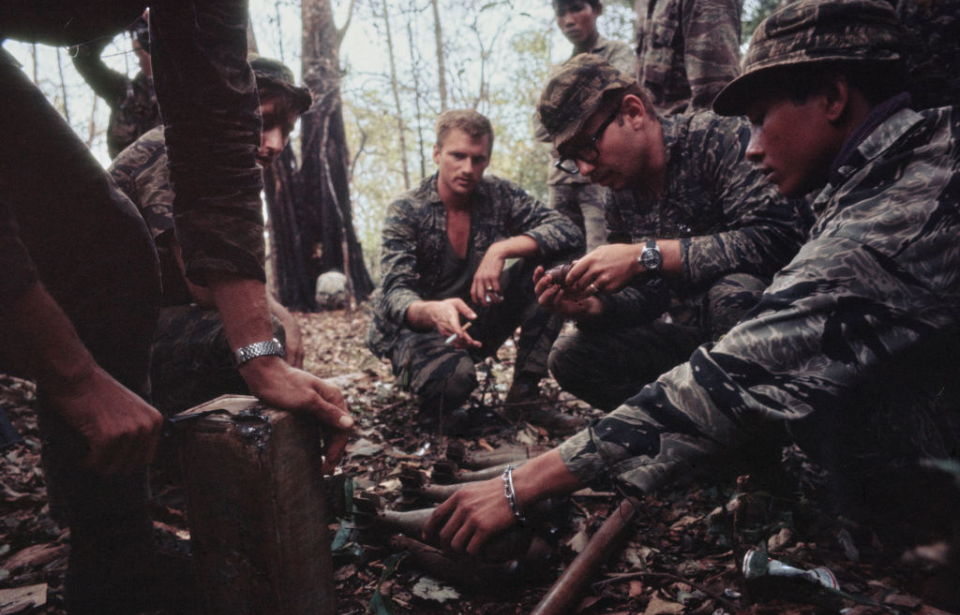The Vietnam War was arguably the most controversial conflict of the 20th century. One of the most contentious aspects of the war was the Phoenix Program, a US counterinsurgency effort that aimed to disrupt Viet Cong infrastructure and leadership through interrogation, capture and assassination.
Although many consider it to have a successful legacy, others see the controversial program as filled with human rights violations.
Establishing the Phoenix Program
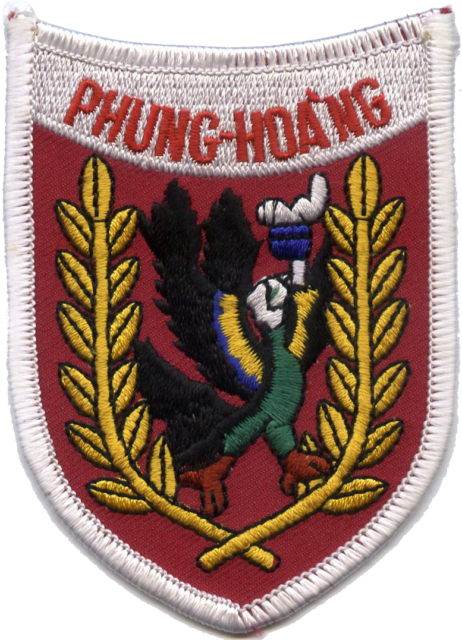
The Phoenix Program was initiated in 1967, under the name “Intelligence Coordination and Exploitation Program.”
Initially overseen by the Civil Operations and Rural Development Support (CORDS), it was made up of numerous agencies: the CIA, US Army Special Forces, the Military Assistance Command, Vietnam (MACV), US Navy SEALs, the US Marine Corps’ 1st Force Reconnaissance Company, Australian Army Training Team Vietnam (AATTV) Special Forces operatives and the Republic of Vietnam National Police Field Force.
According to the CIA, the Phoenix Program was “a set of programs that sought to attack and destroy the political infrastructure of the [Viet Cong].” Unlike many other special teams, its members targeted combatants and civilians aiding the guerrilla fighters. By undermining their support system, the hope was they would impact the Viet Cong.
Targeting the Viet Cong
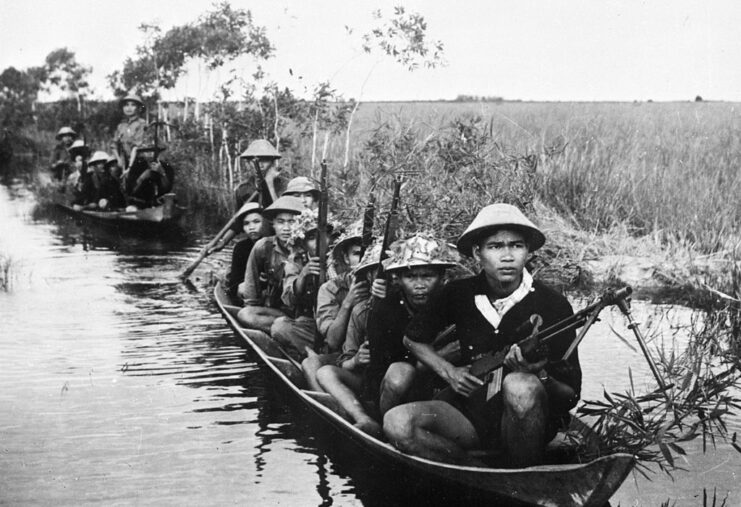
The Phoenix Program carried out its mission by using Provincial Reconnaissance Units (PRUs) – “hunter-killer teams.” Making use of an impressive intelligence network allowed those overseeing the program to gather information and put together a large amount of data that contained details on everyone in the villages where the Viet Cong operated, which was used to pressure them into compliance.
It also gave operatives the evidence needed to detain combatants and their supporters. Officially, the goal was to capture those on the list, but, sometimes, the teams would kill them outright if they resisted. Those who surrendered were taken directly to one of the interrogation centers. At the height of operations, there were roughly 600 Americans involved in interrogations alone.
The system worked cyclically; those taken for interrogation were tortured for information, which was then given to the PRUs and field forces for use in further missions. The success of the Phoenix Program was measured by how many enemy combatants or collaborators were taken in. There was little distinction between those who were killed or imprisoned.
The Phoenix Program used questionable tactics
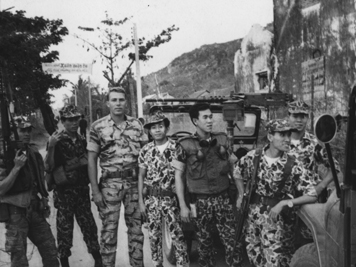
The Phoenix Program was also allowed to arrest suspected Communists under special laws. Those who were identified by intelligence as associating with the Viet Cong easily fell under this umbrella.
However, the tactics used throughout the program were considered by many to be quite heavy-handed. Those who were taken by American forces were subject to as many as six years in prison. While there, they’d be interrogated through many horrific means: electrical shock, beatings, dog attacks, starvation and being suspended from the air.
There were also those targeted for assassination by PRU teams. Many accounts say that, when an individual was targeted, their whole village was at risk. The operatives would frequently kill anyone in the way, with many in the wrong place at the wrong time.
This would often result in high numbers of supposedly neutral people being killed. According to statistics from CORDS, 81,740 Viet Cong guerrillas were “neutralized,” with 26,369 killed. Supposedly, 87 percent died during conventional military operations against the US and their Allies. The remainder, however, were considered non-combatants who were purposefully targeted by operatives.
Numerous controversies arose
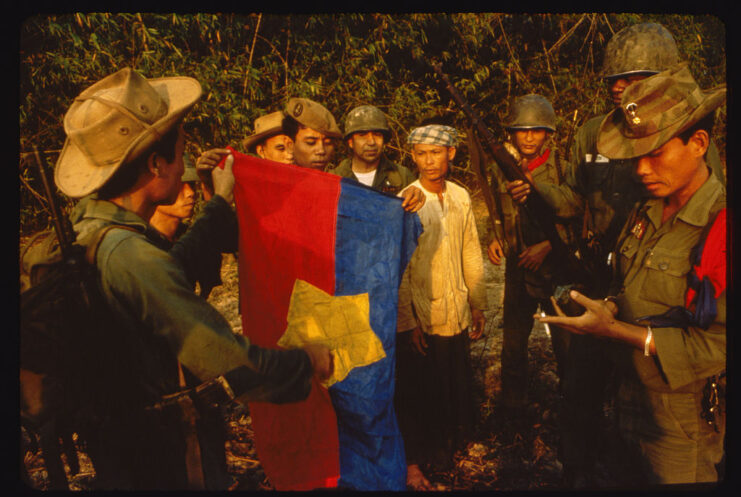
Although the Phoenix Program was top-secret, news eventually leaked to the public, and it became the topic of Congressional hearings in 1971.
While there was a large outcry, there are many who still stand by the actions of those within the program. Col. Andrew Finlayson, for example, wrote, “Phoenix was misunderstood because it was classified, and the information obtained by the press and others was often anecdotal, unsubstantiated, or false.”
Where the discrepancy between fact and fiction lies is in the desired goal of the Phoenix Program and the real outcome. It was never designed to kill enmasse. When operatives were presented with the enemy head-on, however, that was often the result.
Legacy of the Phoenix Program
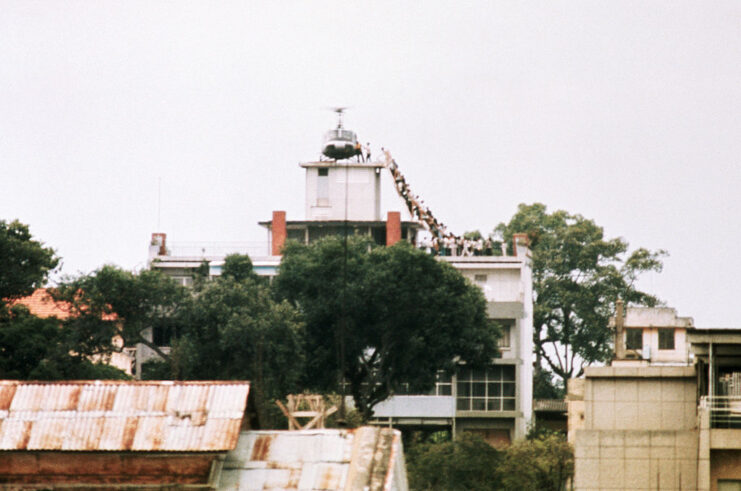
The Phoenix Program was largely disbanded by the end of 1972 as a result of the public outcry. There were, however, small pockets that remained in action until the Fall of Saigon nearly three years later.
The legacy the Phoenix Program left is certainly a difficult one. While questionable tactics were used, the Viet Cong did view them as effective. Supposedly, many fighters felt that the toughest years of the Vietnam War were when the program was in operation.
Despite their controversial nature, the tactics had a lasting impact on military counterinsurgency. For example, there were many parallels drawn between Phoenix Program protocols and tactics used by American troops in Afghanistan. There have also been studies conducted on how the operatives acted, to see how their failures and successes can be applied to modern conflicts.
More from us: After Defecting to North Korea, Charles Robert Jenkins Was Held Prisoner for Over 39 Years
Ultimately, the Phoenix Program was neither a resounding success, nor a catastrophic failure. However, it certainly turned the public against the US military during a time when they were already against soldiers being deployed in Vietnam.
